Wood flooring is an elegant style of flooring. With its warm appeal and classy look, it always adds a natural touch of timeless beauty to any home.
According to the National Wood Flooring Association (NWFA) “Eighty percent of homeowners believe that wood floors add the most value to their home.”
In this guide, we will help you to identify the key differences between wood flooring categories, styles, and finishes. We will clarify the pros and cons in terms of appearance, cost & resale value, life expectancy, durability, moisture resistance, and environmental friendliness.
You will also find interesting buying tips, advice on the installation process, and maintenance instructions.
Our buyer’s guide is a summary of everything you need before making your decision.
Wood Flooring Categories
In general, wood flooring is classified as either natural and artificial. Natural wood flooring includes both hardwood and softwood flooring, while artificial wood flooring includes laminate flooring.
Natural wood flooring is divided into softwood and hardwood. Softwood is rarely used for flooring, and is often used in old buildings. Hardwood is the most common type of flooring, and it includes two categories: solid and engineered wood floorings.
Artificial wood flooring is referred as composite or synthetic, and it includes man-made product such as laminate flooring.
Mostly, wood flooring types can be broken down into the following three main categories.
Solid Wood Flooring
Solid flooring is one piece of hardwood from top to bottom.
Engineered Wood Flooring
Engineered flooring is multiple layers: A thin layer of hardwood at the top, and one or more layers at the bottom from wood veneers or slats which are glued together in opposite directions.
Laminate Flooring
Laminate flooring is multiple layers of artificial products with a primary core layer of High Density Fiber (HDF) board. The top layers are wooden image with printed texture to look like real wood, plus a protective layer to improve the resistant features.
Wood Flooring Comparison Table
Styles of Wood Flooring
Once you have considered your new wood floor’s category, you can explore the design options. There are three general styles which are strip, plank, and parquet.
Strip
Strip flooring is less than 3 inch and produced in widths from 1½ inches to 2¼ inches (38 to 57 mm). It is available in varied hardwood species, lengths, and thicknesses.
Plank
Plank flooring is more than 3 inch and produced in widths from 3 to 8 inches (76 to 203 mm). The planks are available in varied lengths to produce random patterns when installed.
Parquet
Parquet flooring is made of individual small pieces of hardwood. These are generally made of oak, from 3/8 to 3/4 inches (90 to 190 mm) and joined together to form different patterns.
Appearance and Aesthetics
Aesthetically, all wood flooring categories share the same beautiful appearance, and it is not easy to notice the differences between each other after installation.
Solid and engineered wood flooring have a unique grain appearance, which is characterized by the tremendous amount of texture variation in their wood grains.
On the other hand, laminate flooring has a pre-designed pattern that is printed onto floor surface. Consequently, identical patterns are repeated on average every 5 boards.
Cost & Resale Value
If you are looking for an economic solution, then laminate flooring is your best choice since it costs significantly less.
But then again, if you are thinking about investment value, then solid and engineered flooring can improve your home resale value. Why? They have long lifespans and can easily be renewed.
Engineered flooring has a thin layer of hardwood, so it is cheaper than solid wood flooring, and both of them are more expensive than laminate flooring.
Life Expectancy
Solid and engineered flooring can last 50 – 100 years or more on average. Even now, we still can see historical palaces with solid floors in a good condition.
Once the existing finish of solid and engineered flooring is sufficiently worn down, the floor can be sanded and polished. Most solid flooring can be sanded up to 6-8 times, while good engineered flooring up to 4 times. The average time between each sanding is 10 – 15 years.
On the other hand, laminate flooring has a short lifespan in comparison to hardwood flooring.
Laminate flooring can’t be sanded or refinished, because surface scratches and damages can destroy the floor. Thus, it is estimated that on average, it needs to be replaced after no more than 20 years.
Solid
100 Years
Engineered
100 Years
Laminate
20 Years
Durability of Wood Flooring
Wood flooring is durable and can stand up to children and pets. However, the durability of wood flooring largely depends on the intensity of foot traffic. Flooring in residential areas with less traffic can withstand more than commercial areas.
Wood flooring has a smooth surface that doesn’t trap dust, which result in easy to clean flooring. But, using improper cleaning materials can cause damages and shorten the floor’s wear layer.
As hardwoods, solid and engineered flooring are easy to repair and repaint. In case of any damage, the floor can be sanded and refinished again.
Engineered flooring is specifically designed to be an improved version of solid flooring. Accordingly, it is stronger and more durable than solid flooring.
Laminate flooring is less durable than hardwood as its top layer can’t be repaired, sanded, or repainted. When the top layer is damaged or wear off, you have to replace it with a new one.
Laminate flooring is incredibly easy to wipe clean, but the top layer requires using special cleaning products to avoid any damages.
Wood Flooring Moisture Resistance
Engineered flooring has better moisture resistance than solid wood. However, both are made of organic components, which are vulnerable to rot and mold. They may not be the best flooring choices in a heavily used bathroom where children will splash around, but they can be perfect in a guest bath or powder room that contains only a vanity, and where there’s little chance of water splashing on the floor.
Laminate flooring is an artificial product, which give it better moisture resistance. Still, laminate flooring is less moisture resistant than engineered flooring.
In general, wood flooring is not 100% waterproof materials. For this reason, they must be well installed to avoid any gaps, which may allow water to seep through exposed seams and trap moisture, causing swell in the bottom layer of wood flooring.
Environmentally Friendly
The world is negatively affected by pollution and toxic materials, which makes going environmentally friendly is a good option to improve our quality of life.
Not all laminate flooring is environmentally friendly. Some versions are manufactured from recyclable materials, while some others may violate organic compounds. You need to review product specification before purchase to ensure it is environmentally friendly.
Solid flooring may not be 100% environmentally friendly, and this is the reason for developing engineered flooring, as it is made of a thin hardwood layer and a core of scrap wood and organic materials, instead of one entire piece of hardwood. This composition helps to reuse wood scrape, while using the minimum amount of hardwood.
In fact, the rarer the tree species, the less sustainable it is, which means that commonly grown pine and oak are consider environmentally friendly options. It is recommended to purchase products with the FSC logo to ensure your flooring is eco-friendly.
What is FSC?
FSC stands for ‘Forest Stewardship Council’. It is an international non-profit organization dedicated to promoting responsible forestry. FSC certifies forests all over the world to ensure they meet the highest environmental and social standards. When you see their logo, you can be confident that buying this flooring won’t harm the world’s forests.
Wood Flooring Finish & Sheen
Wood flooring could be delivered for site-finish or purchased with its own factory-finish.
Site-finish is applied at site according to the area where you want to install the floors. The benefit is that you can customize the finish according to your needs. However, this method needs skilled workers, and require more money and time for drying.
Factory-finish is where the paint applied at the factory before reach to the site. This method is easier and faster, but you can’t customize the color finish or the sheen.
The selected sheen of your wood floor is a matter of personal preference.
- High gloss (75% to 100% gloss) finishes offer the most shine and reflect the most light.
- Semi-gloss (50% to 75% gloss) finishes offer some shine and reflect some light.
- Satin (25% to 50% gloss) finishes offer low shine and reflect les light.
- Eggshell (10% to 25% gloss) finishes offer less shine and reflect minimal light.
- Flat or matte (0% to 5% gloss) finishes offer the least shine and reflect the least light.
Buying Tips
Before investing in wood flooring, it’s important to be aware with the following buying tips:
- First, decide where you’d like to have wood flooring.
- Check your area and calculate the average budget.
- Add the cost of moving furniture, removing the old floor, and preparing the subfloor preparation (if necessary)
- Select the type of flooring which suitable to your budget and preferences.
- Consider making purchase with adding extra 10% of quantity for waste.
- Don’t forget to purchase the accessories and skirting (if needed).
- Avoid purchasing low quality floorings which can easily scratched.
- Use the wood flooring checklist to determine your needs
- Decide if you can do it yourself or find a professional for installations.
- Arrange your time schedule to have the work completed.
Installation Instructions
- Let your floors acclimatize sufficiently after purchase for one week before installation to avoid the risk of shrinking or expansion.
- Clean your subfloor and ensure there aren’t any old adhesives or dusts.
- Check your subfloor level and test the Moisture Content (MC) by using Moisture Meter.
- Review your floor fittings instructions; they should cover all details about your floor.
- Use good quality adhesive, equipment, and cutting tools to ensure professional installation.
- Match room layout and design and install in the correct direction.
- Leave an expansion gap of 10mm around the edge of the room for future expansion and contraction.
- Install your flooring carefully, whether it is floating over an underlay, glued down or uses secret nailing
- Add any necessary accessories like skirting board, beading (quarter round), ramps or door bars.
- Clean your wood flooring and look after your investment by following these care and maintenance tips.
Wood Flooring Care & Maintenance Tips
The main problem with wood flooring is scratches, caused by grit, moving furniture, pets’ nails, and high heels. The following tips will help you to protect your floor.
- Place breathable throw rugs at doorways, which will help you to prevent dirt, grit, and soil from being tracked in and scratching your floor.
- Don’t move the furniture without adding protector under furniture legs to prevent surface scratch.
- All moveable appliances and heavy items should be equipped with easily swiveling casters.
- For daily care, clean the floor with a microfiber or wool dust mop to remove any dusts. Vacuuming with a brush attachment is a good cleaning option.
- For any wet spills, wipe up carefully with absorbent paper towels. You can also use a damp washcloth or sponge on any sticky stains.
- Wood and water do not mix. Wet mop and steam mop are not suggested since water and steam can damage your floor finish. It is recommended to sweep with a soft bristle broom or dry microfiber mop.
- It is highly recommended to use wood cleaning products to maintain the brightness and shiny look.
- Avoid putting anything with high temperature on the floors, as the heat can damage the wood grains.
- Most solid and engineered flooring scratches occur in the finish, not the wood itself. In this case, you may need to apply a new coat to restore the floor.
- It is important to check your own floor specifications, where you can find professional care and maintenance recommendations based on your floor type.
Finally, I hope this guide will help you to identify all the advantages and drawbacks of wooden floors. If you have any question, please let me know in the comments below.

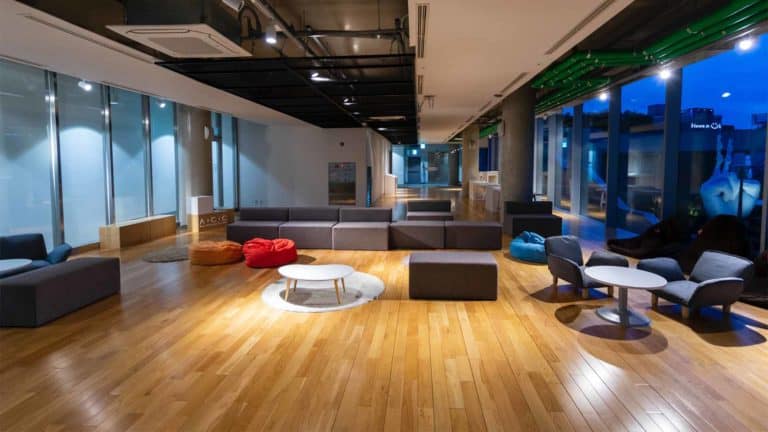
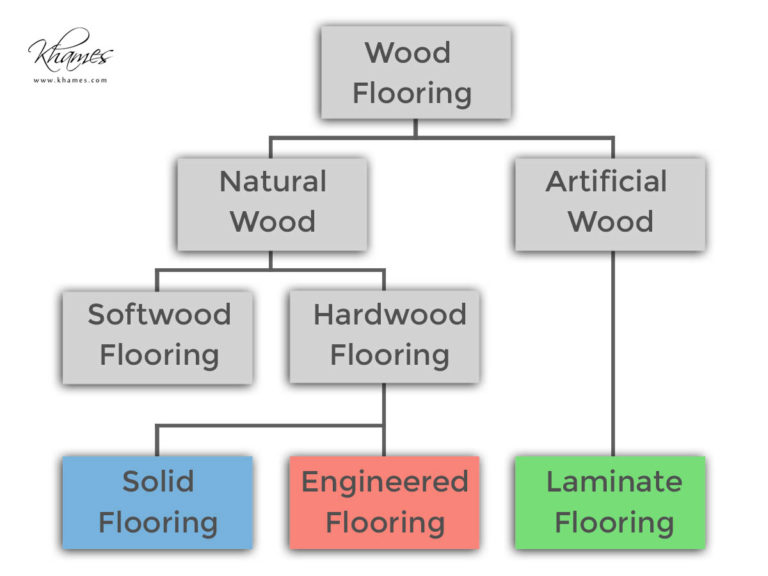
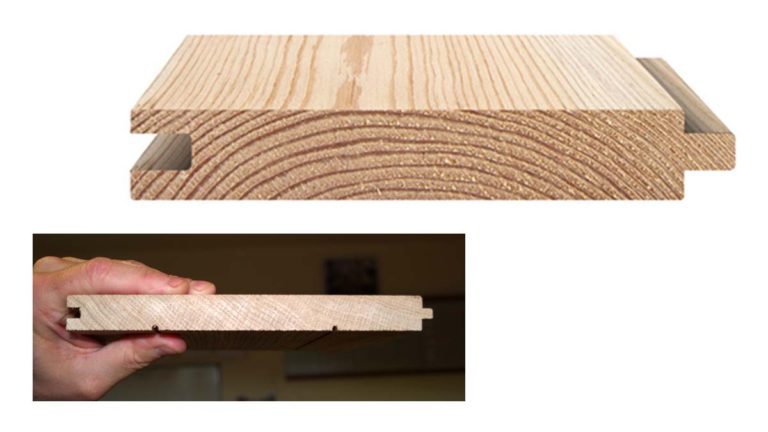
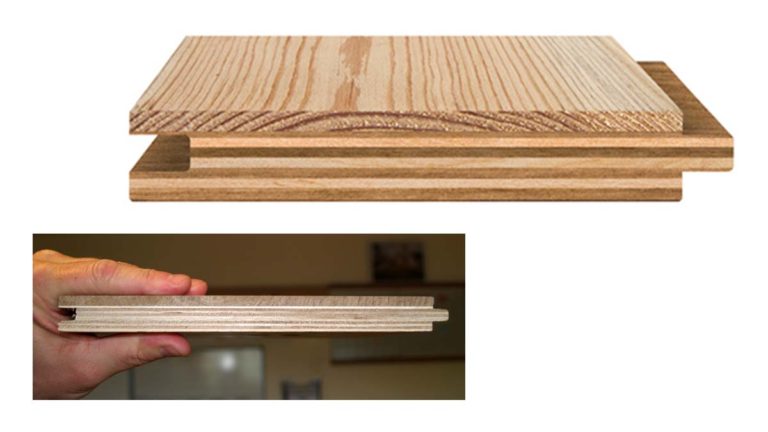


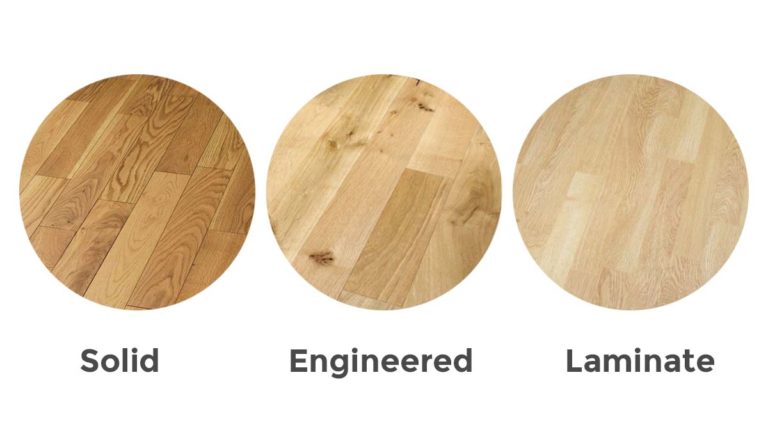
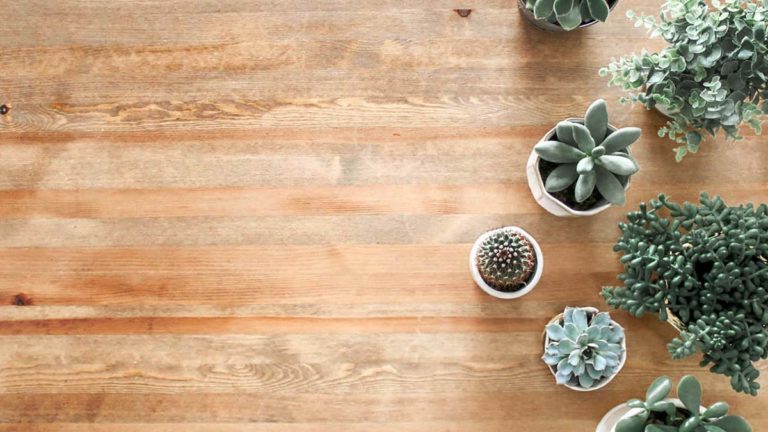
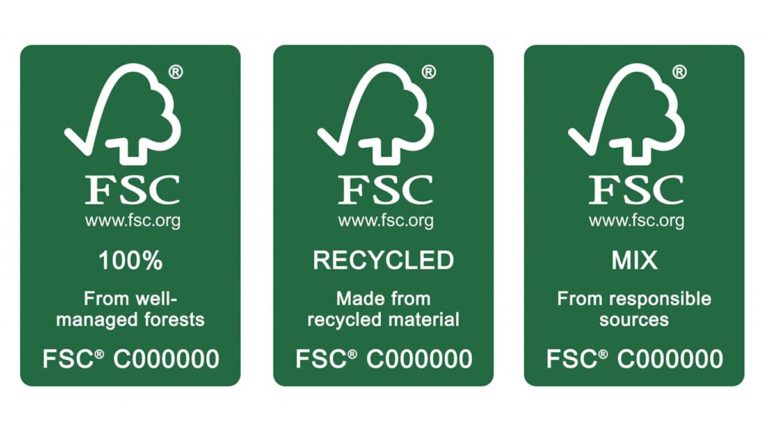
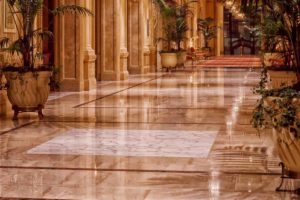
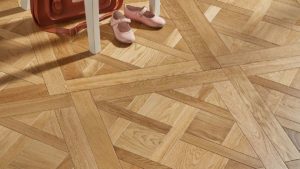
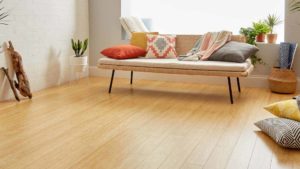

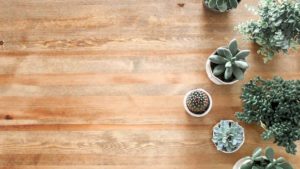
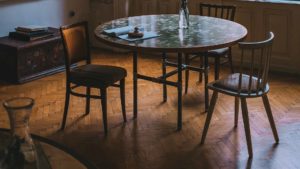

This is really useful, thank you for sharing!
Thank you.